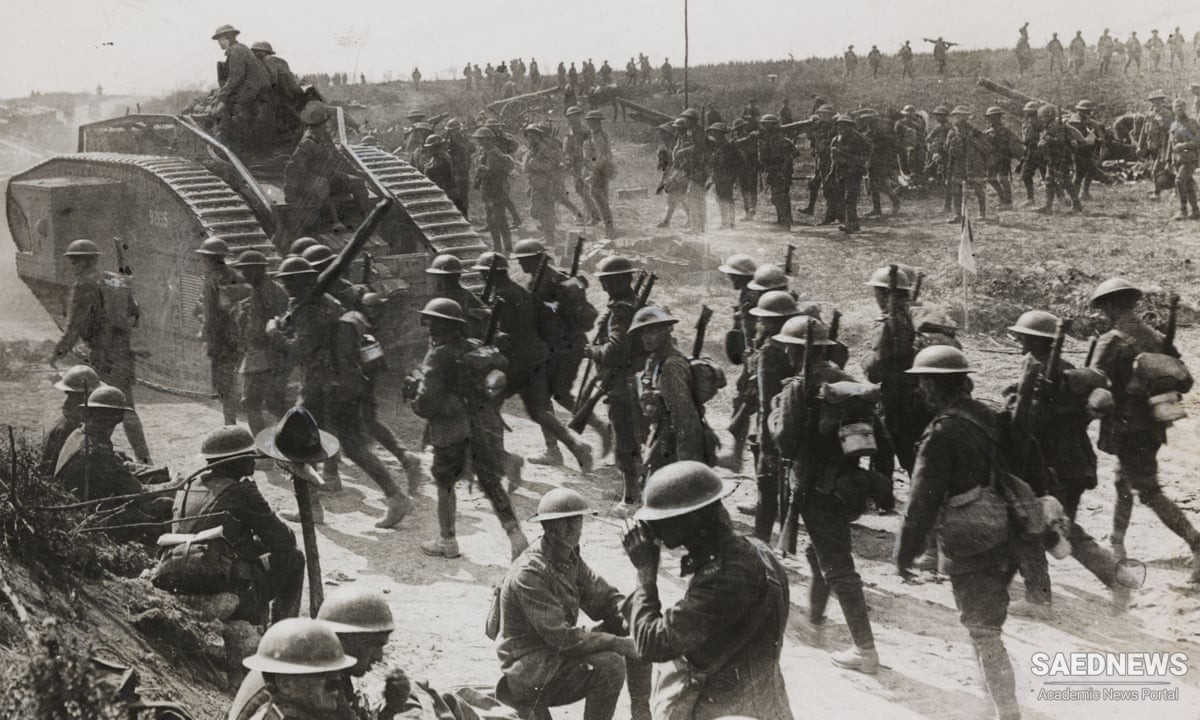But the Allies needed not only supplies but, yet more urgently, men, and these the Americans were slow to provide. When the United States had entered the war in April, their army consisted of 6,000 officers and 100,000 men. General John J. Pershing received orders to take the First US Division to France, but even that unit existed only on paper. Plans were made to expand the army to twenty-four divisions, about a million men, by the summer of 1918, but it seemed doubtful whether the Allies could survive so long. If they could, their worries would be over. By 1919 their superiority in both men and materiel would be enormous, and Allied staff officers began to plan a great offensive for that year. But meanwhile the nightmare that had haunted them for the past three years had come true. Russia had been knocked out of the war, leaving


 Anti-Allied Coalition of Nationalists
Anti-Allied Coalition of Nationalists














































